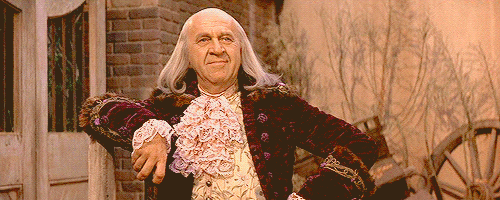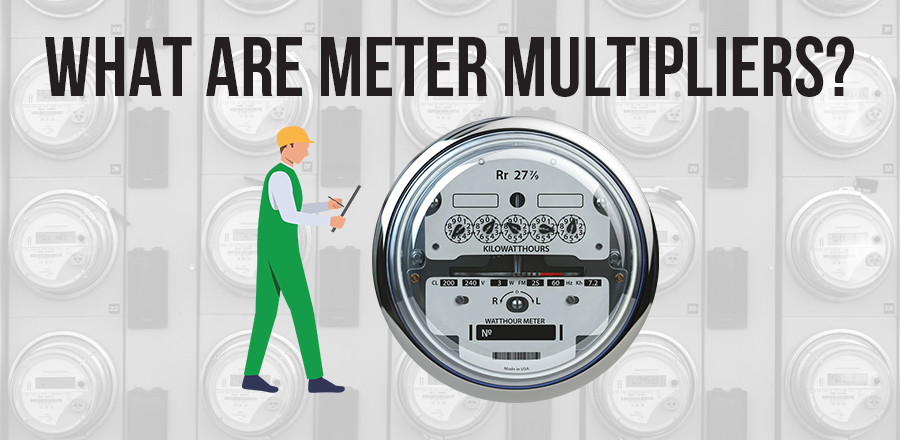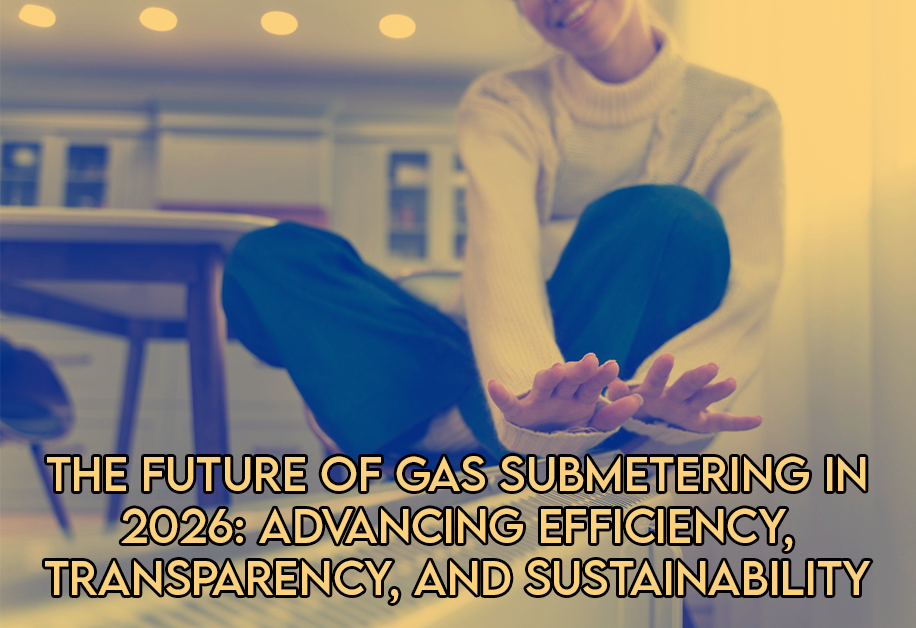
BAAA Business Exchange Event
June 27, 2022
MRI Ascend 2022 Event
September 27, 2022Meter Multipliers & Other Meter Issues
Meter Multipliers – Every meter has one. Some meters have two different ones. This discussion is to help you understand a meter multiplier.
What are they? A meter multiplier is the basic unit of measurement for a particular meter. In decimal math, that means the digit to the furthest right that actually moves. Here are some examples:
- 000432 OO – the last moving digit is the 2. What decimal place does the last moving digit fall into?
- 005539 O – the last moving digit is the 9. What decimal place does the last moving digit fall into?
- 0067841.12 – the last moving digit is the 2. What decimal place does the last moving digit fall into?
What does billing do? Billing will seek to convert a reading (or set of readings) to a unit of measurement that is suited for rate calculations, and one that the general public is familiar with. As an example, a meter reading representing 100 gallons will be converted to single gallons, which allows the public to more accurately understand their usage. Using the readings above, this would be as follows:
- 00043200
- 0055390
- 0067841


Electronic versus meter face – there are some occasions where the meter face reads in one unit of measurement and the electronic output in another. A common example is a water meter that reads in tenth or hundredth gallon on the face. The electronic output of a water meter is usually in ten-gallon increments. The following would be true:
- Face - 0067841.12
- Transmitter - 6784
Notice that 1.12 does not register on the transmitter. The transmitter is reading in ten-gallon increments, so anything beyond the tens digit is pure speculation.
Billing calculations – the billing department calculates usage in gallons by taking the ending reading, minus the start reading, and multiplying the result by 10. That would look like this:
- Start Reading – 6784
- End Reading - 6984
- 6984 – 6784 = 200
- 200 * 10 = 2000 (gallons)
Common multipliers:
- Electric – almost all electric meters read in increments of kWh.
- Gas – the majority read in increments of 1 cubic foot. We do have one property that has gas meters that read in CCFs (100 CFs).
- Water – the electronic output of most water meters is 10 gallons. However, there is much more variation with water meters than with gas or electric, and that is something to always keep in mind. The next most common multiplier is one gallon. Occasionally, you may find residential meters that read in 100-gallon increments.




